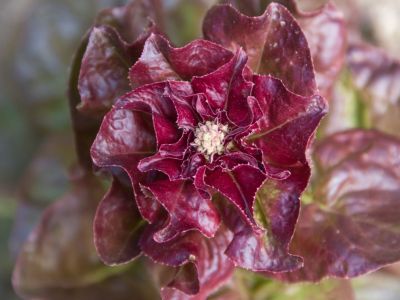Why Lettuce Has Flowers
Cool season annual vegetables, such as spinach and lettuce, bolt when chilly spring days turn into warm spring days. Bolting lettuce plants become bitter and sharp in taste as they shoot towards the sky. Other crops that are sensitive to bolting include Chinese cabbage and mustard greens. Lettuce bolt will occur when daytime temperatures go above 75 degrees F. (24 C.) and nighttime temperatures above 60 degrees F. (16 C.). In addition, an internal clock inside lettuce keeps track of the number of daylight hours that the plant receives. This limit varies from cultivar to cultivar, however, once the limit is reached, the plant will send up a flower stalk with reproduction in mind. Lettuce bolting to seed cannot be reversed, and when it happens it’s time to replace the cool season vegetables with more heat tolerant plants.
How to Delay Bolting Lettuce Plants
Gardeners who wish to keep bolting at bay can do so in a number of ways.
Starting lettuce indoors under lights and placing them outside while it is still nippy gives them a head start and may reduce the tendency to bolt. Row covers can be used to extend the season in both the spring and the fall. If you plant lettuce late and wish to avoid premature lettuce bolt, try using a shade cloth over the row to reduce the intensity of the light. Additionally, it is essential to fertilize new plants with a 10-10-10 fertilizer. Make sure the plants receive plenty of moisture.
